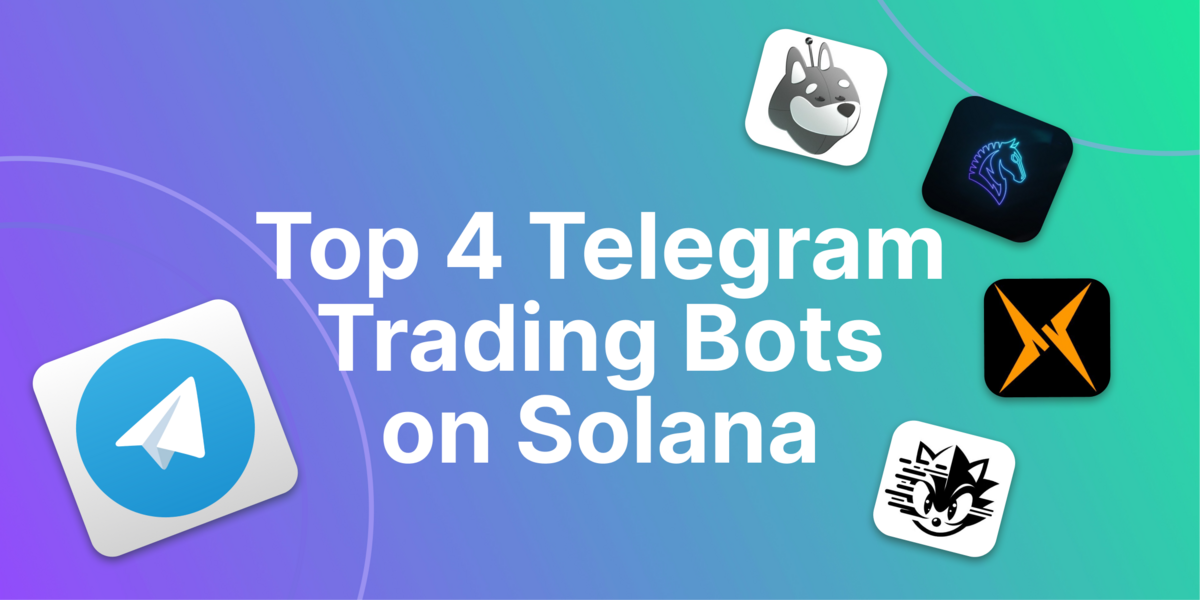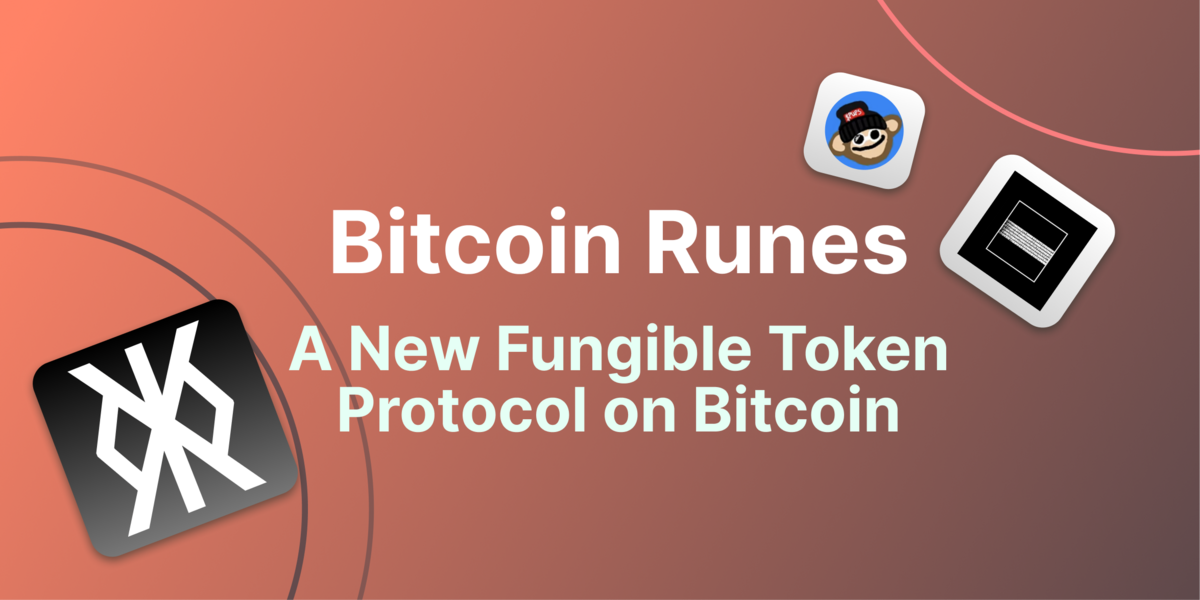How to Read a Smart Contract Audit
A smart contract audit ensures that the smart contracts of a dApp are reliable, accurate, and secure. Potential investors should pay attention to the review, the summary, and the findings breakdown, which reveals potential ways the contract can be hacked.
Key Takeaways
-
Smart contract audits equip users to make educated decisions, reduce risks, and safeguard their assets by identifying potential dangers of a contract.
-
Potential investors should include audit reports as part of their research process as it can reveal these dangers.
-
Some critical findings to watch out for include: price volatility, blacklist addresses, burn tokens, and mint tokens.

Smart contracts are self-executing contracts with the terms of the agreement directly written into code. To make sure they are reliable, accurate, and secure, they undergo a careful review called a "smart contract audit". In the audit, qualified engineers (also known as auditors) will closely examine the code of the smart contract in order to find any bugs, problems, or potential dangers.
This process involves multiple steps, and the auditors will eventually produce a report for everyone interested in the project to read and evaluate the potential dangers of the contract. In this blog post, we’ll explain how to review a smart contract audit and what are some things to be aware of before investing in a new project.
Understanding Smart Contract Audits
For everybody participating in the blockchain ecosystem, understanding smart contract audits is crucial. Numerous financial transactions, such as ICOs, decentralized apps, and decentralized finance (DeFi) protocols, are made available by smart contracts. Auditing helps to make sure that these smart contracts are reliable, error-free, and perform well.
People can discover more about potential hazards and vulnerabilities related to a certain contract by understanding smart contract audits. Using this knowledge users are then better equipped to make wise decisions, reduce risks, and safeguard their assets. Additionally, audit findings can be used by project teams and developers to resolve potential bugs that have been found, improve the security and efficiency of their contracts, and increase user confidence in their platforms. Understanding smart contract audits is crucial for building trust in the blockchain ecosystem, enhancing security, and reducing risks.
How to Read a Smart Contract Audit

Understanding how to read and interpret a smart contract audit report is essential for assessing the security and reliability of blockchain-based systems. To effectively use the report and make informed decisions, you first need to understand how these reports are structured and where to look.
Audit reports are aimed primarily at developers and project owners, so they can get very detailed and technical. The good news is that you don’t have to understand code to be able to gain valuable insights from these reports. Depending on the audit company, reports will have different sections from code diagnostics, flow charts, various graphs, findings, analysis, and so on.
As an investor, you are mainly interested in the review, which is usually the first section of the audit, the findings, and the summary. You can safely ignore the rest of the sections unless you are interested in learning more in-depth information about the contract and how it functions.
Review
The review part of a smart contract audit will give you general information about the contract, like the address, which compiler version it uses, its network, etc. This is an important step to verify that the address of the contract is the same as the token you might be investing in or the dApp you might be using. It is also important to check that the audit report that you are reading comes from the official website or GitHub repository of the audit firm. There have been reported cases of projects faking their own audits to scam investors.
Findings Breakdown
Auditors classify and describe the bugs or problems they discovered during the audit in the findings breakdown section. Each finding is thoroughly explained, along with how serious it is and the potential effects it can have on the contract and its users.
Usually, findings are categorized into “Critical”, “Medium” and “Minor”. Critical findings are the ones that you should be aware of. These findings, if not addressed by the project team, can have detrimental effects on the project. Usually, it means that the contract can be exploited either by the project team or external actors.
Summary
The summary section provides a brief description of the smart contract audit. It clearly and simply summarizes the key conclusions, analyses, and suggestions. You should always check the summary of the audit to get an overall picture of the state the smart contract is in and what are the main findings that the auditors have discovered.
Examples of Critical Findings
As mentioned earlier, the findings section is one of the most important in an audit report. Specifically, the critical findings in a smart contract are the ones that can reveal potential ways that the contract can be hacked. “Mint Tokens”, “Burn Tokens”, “Price Volatility Concern”, and “Blacklist Addresses” are four typical critical findings that auditors frequently see in smart contract audits. All of these should make you think twice before investing or using the specific smart contract, as they might result in you losing your funds.
Critical Finding 1: Price Volatility Concern
This finding shows that there may be possible concerns with the price fluctuation of the smart contract or the token it is linked to. It can mean that there are huge swings in the token's value or market price, posing dangers to investors and undermining the project's overall stability and credibility.
Example Function:
 Description
Description
This particular contract collects tokens from taxes and exchanges them for ETH. The variable swapTokensAtAmount determines when the swap function will be triggered. It is vital to note that the token's value may be highly volatile. As the value of an Ether-based swap might change drastically when triggered, this can result in huge price swings for the parties involved.
Critical Finding 2: Blacklist Addresses
According to this finding, the smart contract includes a function that prevents specific addresses from interacting with the contract. Blacklisting can be used to prevent bots from front-running traders but can also be used maliciously by the project owners to prevent users from selling their tokens. Always exercise caution when interacting with a smart contract that has a blacklist function.
Example Function:
Description
This function allows the contract’s authorized users to have the authority to stop addresses from transactions. The owner may take advantage of it by calling the devListAddress function.
Critical Finding 3: Burn Tokens
This finding refers to a function that allows the owner to burn tokens from the supply of the token. Token burning is the process of permanently removing tokens from circulation. This usually happens by transferring tokens to the “dead” address, as commonly called, or 0x000000000000000000000000000000000000dead in most networks. If you see a contract transferring tokens there, it means that they are burning them as they no longer can be accessed.
Example Function:

Description
The contract owner has the authority to burn tokens from a specific address. The owner may take advantage of it by calling the burn function. As a result, the targeted address will lose the corresponding tokens.
Critical Finding 4: Mint Tokens
One of the most commonly abused functions in most smart contracts is the mint function. This function allows usually the owner to create or “mint” new tokens. Most inflationary tokens have some sort of mint function inside them to reward users for completing certain actions like staking. However, the function can be exploited by the smart contract owner to create a large number of new tokens out of thin air, rendering the tokens of investors worthless.
Example Function:

Description
In the above example, the contract owner can create new tokens using the mint function. This is risky because it could cause token inflation if the owner misuses it.
Final Thoughts
As the blockchain ecosystem continues to evolve, it's crucial to be familiar with the basic aspects of smart contract security. Learning to read smart contract audit reports is the first step to start gaining a better understanding of how smart contracts work and their potential flaws.
Audit reports can appear daunting at first, but if you know where to look at, you can easily learn to understand them. Reviewing audit reports should be an essential step in your research process, as it can reveal potential dangers to your investment. Remember to always Do Your Own Research (DYOR) and embrace the secure and promising future of smart contracts.
This piece is contributed by Cyberscope.
Cyberscope is a crypto cybersecurity firm with the vision of making web3.0 a safer place for investors and developers. Since its launch, it has developed an extensive portfolio of collaborations with numerous projects and gained recognition from esteemed media outlets such as Yahoo, Nasdaq, and Cointelegraph. Cyberscope’s team consistently produces informative content on cybersecurity, web3.0, and blockchain, empowering investors and developers with valuable insights into this dynamic landscape.
Website: https://www.cyberscope.io
Twitter: https://twitter.com/cyberscope_io

Cyberscope is a crypto cybersecurity firm with the vision of making web3.0 a safer place for investors and developers. Since its launch, it has developed an extensive portfolio of collaborations with numerous projects and gained recognition from esteemed media outlets such as Yahoo, Nasdaq, and Cointelegraph. Cyberscope’s team consistently produces informative content on cybersecurity, web3.0, and blockchain, empowering investors and developers with valuable insights into this dynamic landscape. Follow the author on Twitter @cyberscope_io










 Or check it out in the app stores
Or check it out in the app stores